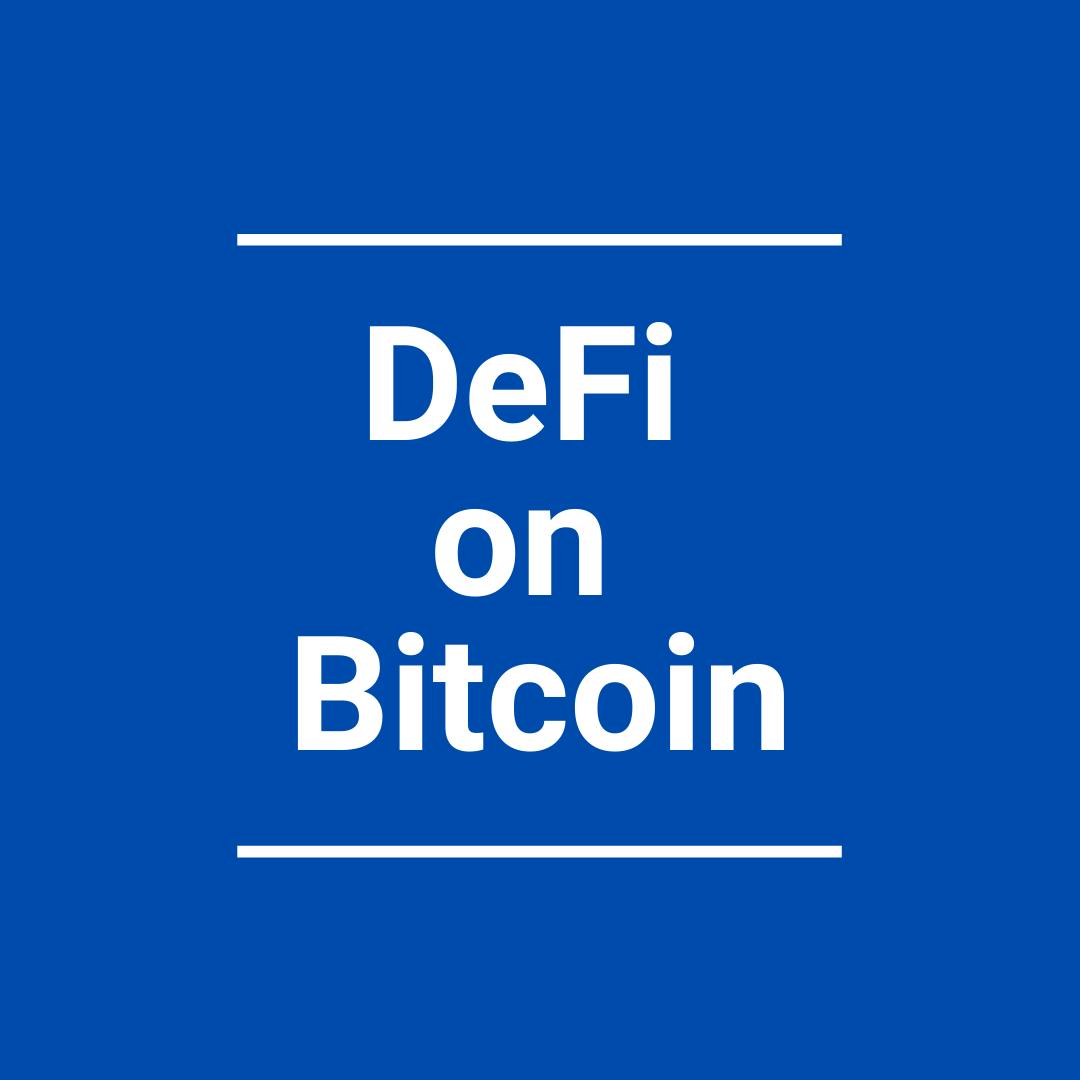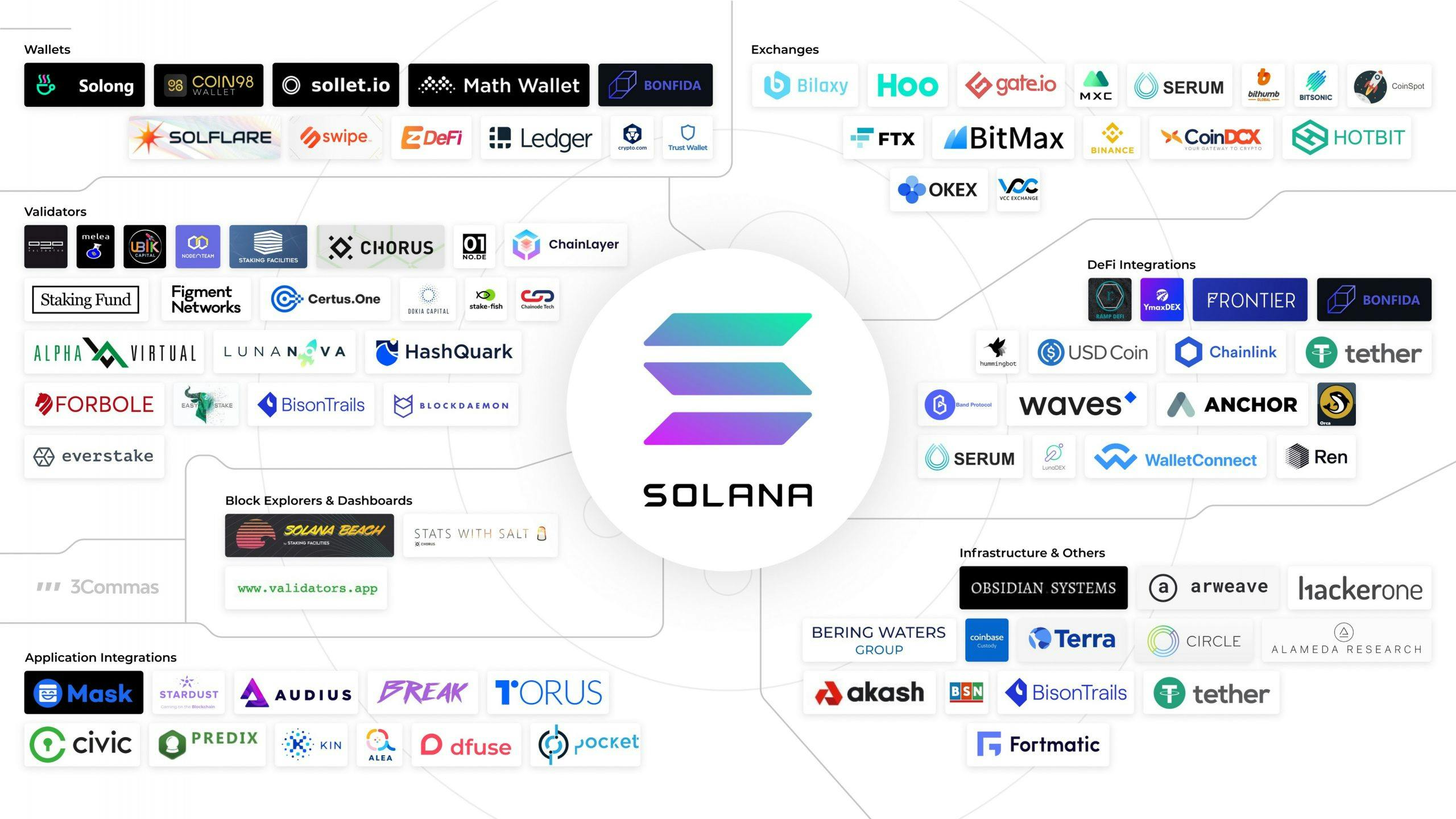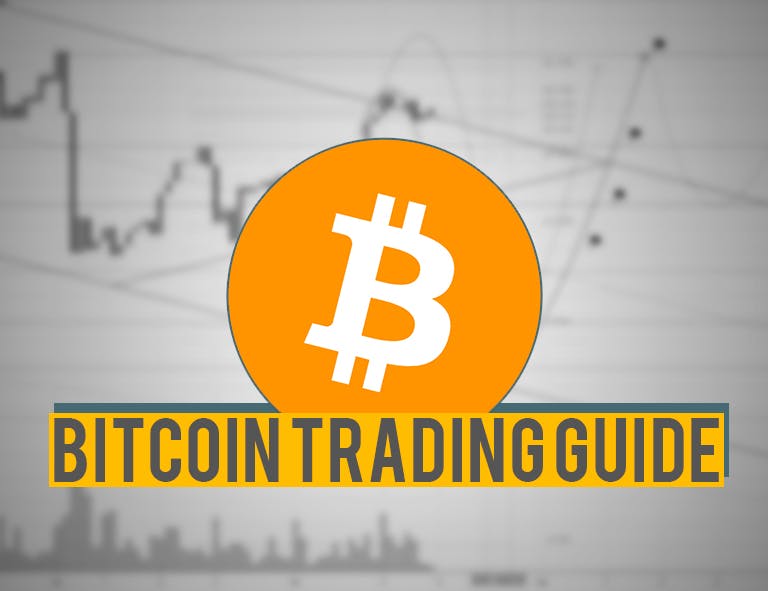
- All
- Analytics
- Technical Analysis
- Trading
- Blockchain
- DeFi
- Guides
- Company News
- Educational
- Opinion
- Price Predictions
- Tools
- Market News
- News
- Trading cases
- Practical guides
- Exchanges
- Trading signals
- Cryptocurrency
- Crypto bots
- Other
Become a crypto master
Learn everything about crypto,
trading and bots

Voyage through the DeFi universe: Decentralized payments
Start Trading on 3Commas Today
Get full access to all 3Commas trading tools with free trial period

If you look at the DeFi ecosystem through a wider lens, you can see that decentralized finance projects are working and developing in roughly twelve directions. Attempting to shift to a decentralized form of almost everything related to the traditional financial system also means trying to move as quickly as possible to new types of interactions with financial instruments and decentralization of these interactions.
One of the most promising and developing sectors of decentralized finance is payment solutions, which are designed to create an open, global financial ecosystem and enable secure, stable, and fast transactions using smart contracts.
In today’s article, we will talk about applications, solutions, and protocols that allow users to make cross-border payments without intermediary fees and financially interact without having access to traditional banking systems.
DeFi and Instant Payments
The appearance of Bitcoin and blockchain technology allowed switching to crypto-based digital payment mechanisms. One such solution in the Bitcoin ecosystem was Lightning Network, developed and built as a second layer protocol. Lightning uses smart contracts to increase the throughput of the Bitcoin network.
With the advent of Lightning Network, it is possible to make instant micropayments faster and with lower fees than in the case of using the Bitcoin mainnet. In addition to cheap and instant transactions, Lightning Network reduces the “weight” of the Bitcoin blockchain and increases privacy.
The main problems that instant payments-focused projects are trying to solve are low bandwidth and high fees. The Ethereum network can currently handle about 20 transactions per second, which is not enough for the ever-growing number of users.
There are numerous ways to solve the scalability problem, such as on-chain and off-chain solutions, consensus mechanism protocols, increasing the block size, and more. The variety of such solutions and a number of approaches to their implementation led to the creation of a large number of projects working on instant, cross-border payments with low fees and the use of smart contracts.
Celer Network
Celer Network is a second layer scaling platform for fast and secure off-chain transactions and smart contracts. Celer is a system operating on top of the blockchain, with a multi-layer architecture to provide a high level of scalability and flexibility while maintaining security and privacy aspects.
Celer allows developers to quickly create and manage scalable dApps. The internal CELR token, in addition to being used as a platform currency, is used in PoLC, a bid system where users can block tokens to provide liquidity, as well as in LiBA auctions to maintain liquidity mechanisms.
Celer can be integrated into any existing blockchain and is already supported by EVM-based blockchains. The platform provides users with the ability to interact with dApps 10,000 times faster, to make instant payments, trade on exchanges, or use prediction markets.
Matic Network
Matic Network decentralized platform, whose developers offer a solution for creating Plasma sidechains, stands out in the variety of proposed solutions to increase blockchain scalability.
These sidechains function through a decentralized network of Proof-of-Stake (PoS) validators, who support the system in exchange for rewards.
Plasma is used to secure digital assets as well as ERC-20 and ERC-721 tokens on the mainnet. Sidechains can be used to support decentralized financial protocols available in the Ethereum ecosystem.
Matic developers create an ecosystem consisting of mobile applications, wallets, and extensions for easy and convenient transfer and storage of assets. Matic provides a user interface and payment API for dApps, users, and developers. Atomic swaps and Matic smart contracts will allow users to pay with any token, and the network can be used to exchange tokens with each other by using a liquidity pool.
xDAI Stable Chain
The first xDAI Stable Chain token linked to Dai allows fast and inexpensive transactions with xDAI tokens. At the moment, this solution functions only in a DAI-xDAI bundle, but in the future, there is a potential to create many other stablecoins, such as xUSDT or xUSDC.
The technology of building cross-bridges is used to implement such a solution, where native xDAI stablecoins are created after blocking DAI tokens in a smart contract. xDAI is used both for payments and fees, with 500 transactions costing about $0.01 to execute.
The xDAI network is fully compatible with Ethereum projects and does not require complex operations by Ethereum dApp developers to merge their projects with the xDAI blockchain. There are ongoing developments to implement the zero-knowledge protocol in xDai for private transactions and reward xDAI validators via the POSDAO consensus mechanism with a separate STAKE token.
Request Network
Request is an open network for requesting transactions, allowing anyone to create, store, and access peer-to-peer payments in a decentralized network. The platform for decentralized payments Request Network allows you to perform any type of transaction, whether it is a salary payout, donation, or a repayment.
Request Network can be used for online payments eliminating third parties and high commissions, the need for billing, accounting, and auditing. The project is already working with Civic to enable user identification, as well as Kyber and 0x projects to pay for goods and services in convertible digital tokens.
Whisp
The Whisp platform is a decentralized settlement solution aimed at simplifying payment methods for freelancers and remote workers. Whisp allows users to create digital payment requests through clear payment mechanisms with the help of cryptocurrencies. Relatively easy to operate, the Whisp protocol can be used by companies to reduce payroll management tool costs, eliminate third-party service providers, and avoid delays and cancellations by traditional financial institutions.
Users can access the platform by connecting through MetaMask. Whisp supports payments using DAI, ETH, DATA, DGX, and DGD tokens. A similar solution to simplify salary payouts is the Sablier project, which can be used for payments and distribution of funds at a predetermined rate.
Voyage through the DeFi Universe: Decentralized Payments in 2023
As we navigate through the intricate cosmos of financial ecosystems in 2023, Decentralized Finance (DeFi) illuminates the path toward a utopia of equitable financial services. DeFi, symbolizing the amalgamation of traditional financial principles with decentralized technologies, primarily blockchain, has experienced an exponential evolution, especially in the decentralized payments sector.
A Plethora of Options
In 2023, the DeFi universe is teeming with a plethora of decentralized payment options, allowing users to transact in a secure, transparent, and permissionless manner. Pioneers such as Uniswap, SushiSwap, and Aave have created advanced platforms, leveraging smart contracts, to facilitate seamless exchange, lending, and borrowing of assets. Concurrently, new entrants like Layer-2 solutions have ascended, aiming to alleviate the extant issues of scalability and high transaction fees.
Driving Financial Inclusion
One of the shining constellations in the DeFi universe is financial inclusivity. Decentralized payments are accessible to anyone with an internet connection, thereby bridging the vast chasm between the banked and unbanked populations worldwide. The unbanked, now equipped with the ability to access and utilize financial services, can participate in the global economy, fostering overall economic growth and reducing inequality.
Role of Stablecoins
Stablecoins play a pivotal role in the decentralized payments landscape, serving as the medium to conduct transactions without the volatility typically associated with cryptocurrencies. In 2023, stablecoins like USDC and DAI continue to gain traction, providing users with a stable value pegged to fiat currencies and enabling instantaneous transactions with minimal fees.
NFTs and DeFi Confluence
The confluence of Non-Fungible Tokens (NFTs) and DeFi has added a novel dimension to decentralized payments. NFTs, representing ownership of unique items on the blockchain, have intertwined with DeFi platforms, offering new avenues for creators to monetize their work and for users to invest in and trade unique assets.
Risks and Challenges
However, journeying through the DeFi universe is not without its perils. The decentralized payments ecosystem still grapples with significant challenges such as security vulnerabilities, regulatory uncertainties, and the need for widespread education and awareness. Incidents of smart contract exploits and rug pulls are stark reminders of the inherent risks in the nascent DeFi landscape.
Regulatory Developments
In response, regulatory bodies are actively engaging with the DeFi ecosystem, striving to formulate comprehensive frameworks to safeguard user interests while fostering innovation. These developments are pivotal in bolstering trust and mitigating risks associated with decentralized payments, aiding the transition of DeFi from a niche to mainstream.
Conclusion
The odyssey through the DeFi universe in 2023 unveils a panorama of limitless possibilities and innovative solutions in decentralized payments. The amalgamation of advanced technologies, novel platforms, and inclusive financial services is redefining the paradigms of the financial world. As the ecosystem continues to mature, overcoming challenges, and adapting to regulatory landscapes, decentralized payments are poised to be the catalyst in the evolution of global financial systems, paving the way for a more inclusive and equitable financial future.
Disclaimer: The contents of this article are not intended to be financial advice and should not be treated as such. 3commas and its authors do not take any responsibility for your profits or losses after you read this article. The article has been presented to provide readers with general information. There is only personal experience described herein. The user must do their own independent research to make informed decisions regarding their crypto investments.

A proven leader, successful at establishing operational excellence and building high-performance teams with a sharp focus on value creation and customer success.





